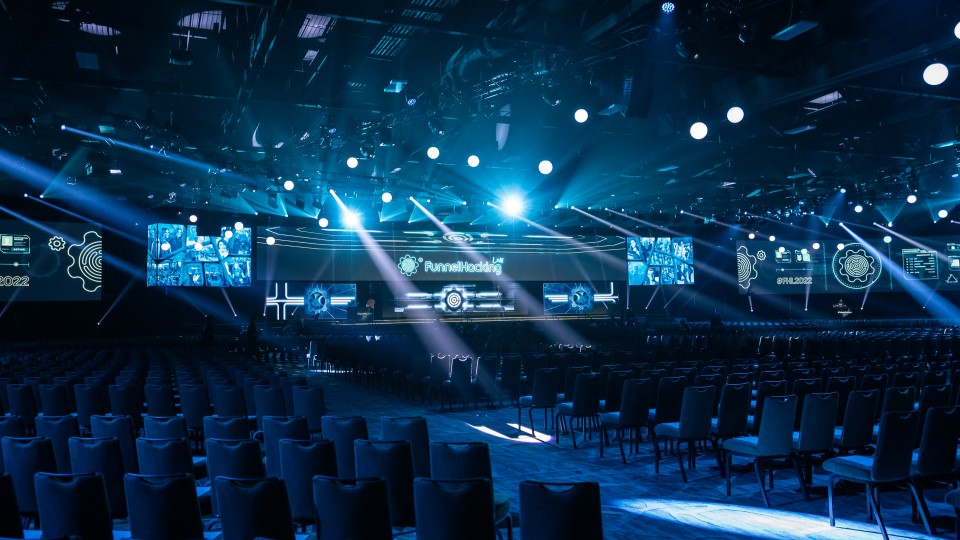Illuminating the Influence of Lighting Methods on the Craft of Video Projections Mapping
Illuminating the Influence of Lighting Methods on the Craft of Video Projections Mapping
Blog Article
Video mapping projection is an exciting creative form that merges technology and creativity to convert ordinary surfaces into remarkable visual exhibits. This technique entails projecting graphics and videos onto 3D objects, such as structures, sculptures, or platforms. One of the key crucial factors in producing successful mapping is the use of efficient lighting methods. Proper lighting improves the aesthetic elements of the projection and guarantees that the images are crisp and engaging. This piece explores the influence of illumination techniques on motion projection and how they can enhance the overall encounter.
Illumination plays a crucial role in video projection because it sets the mood and feel of the exhibit. Different illumination methods can evoke various emotions and responses from the audience. For instance, using soft, warm lights can create a welcoming environment, while vivid, cool lights may create a more dynamic or dramatic impact. By carefully selecting illumination colors and intensities, artists can manipulate how viewers perceive the projected visuals, leading to a more engaging encounter. The equilibrium between projection brightness and surrounding illumination is crucial, as it can greatly impact the visibility and impact of the images.
In addition to, hue and intensity, the direction of light also influences the effectiveness of mapping. Illumination from different directions can generate contrast and accents that introduce dimension to the mapped visuals. This technique, known as light and shadow, can improve the 3D quality of the subjects being projected. Additionally, using dynamic illumination can introduce dynamism to the display, making the experience more involving for the viewers. When the light interacts with the projected visuals, it site can create an illusion of movement and transformation, capturing the viewers' attention.
Another essential element of lighting in projection in the use of unique features. Methods such as patterned illumination, which employs shapes and shapes to filter light, can add texture and complexity to the mapping. This approach enables creators to superimpose visuals and produce aesthetically captivating effects that complement the projection. Moreover, adding directory laser lights or light-emitting diode illumination can additionally improve the exhibit, offering a unique blend of visual elements that draw the audience in. These special effects, when used thoughtfully, can elevate the projection beyond a simple display to an immersive work of art.
In conclusion, the influence of illumination methods on motion projection is profound. By understanding how different lighting components interact with mapped visuals, creators can produce enthralling experiences that connect with audience. The careful selection of color, intensity, angle, and unique features enables for a vivid canvas of visual storytelling. As technology advances to evolve, the options for creative expression in projection will only expand, making illumination an increasingly vital aspect in this progressive creative medium.